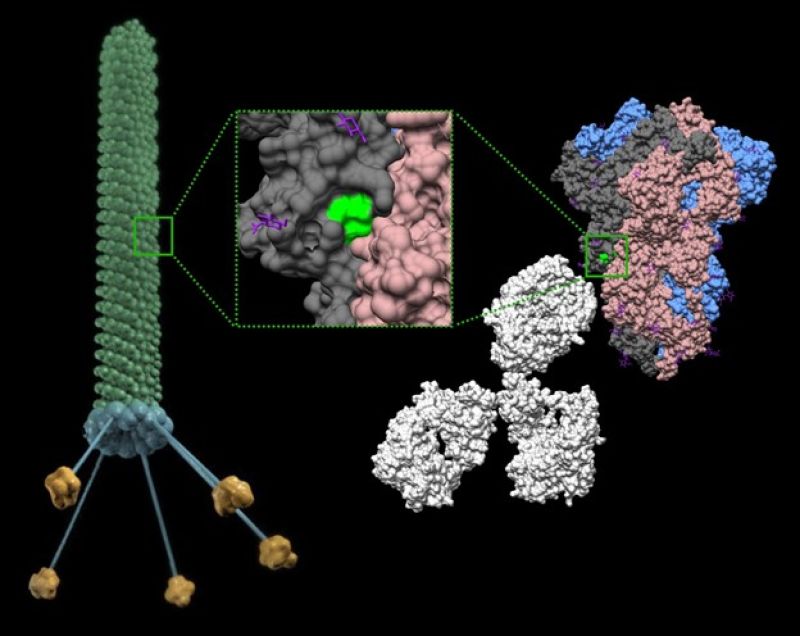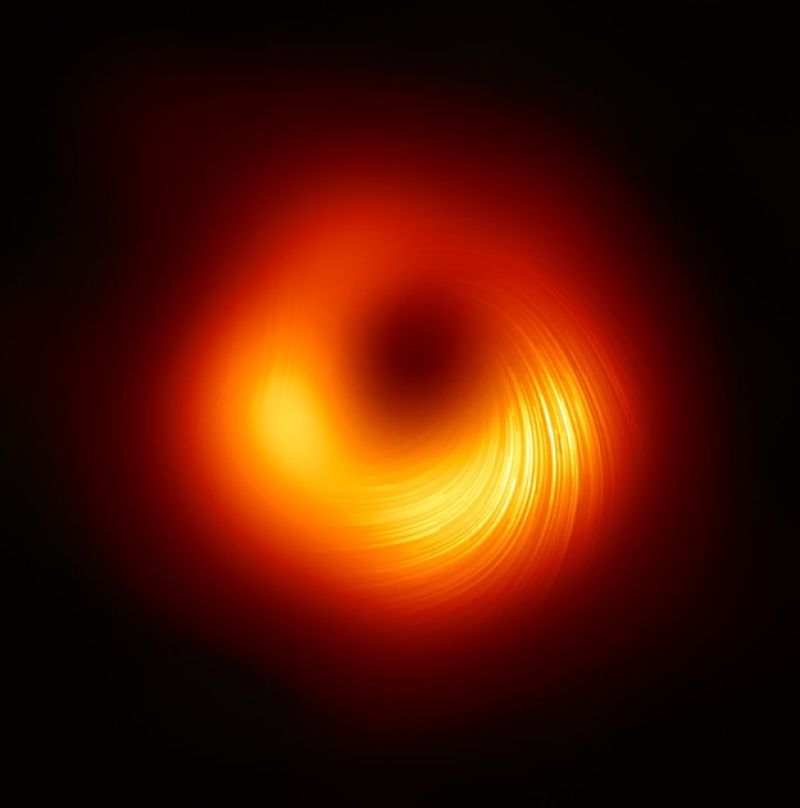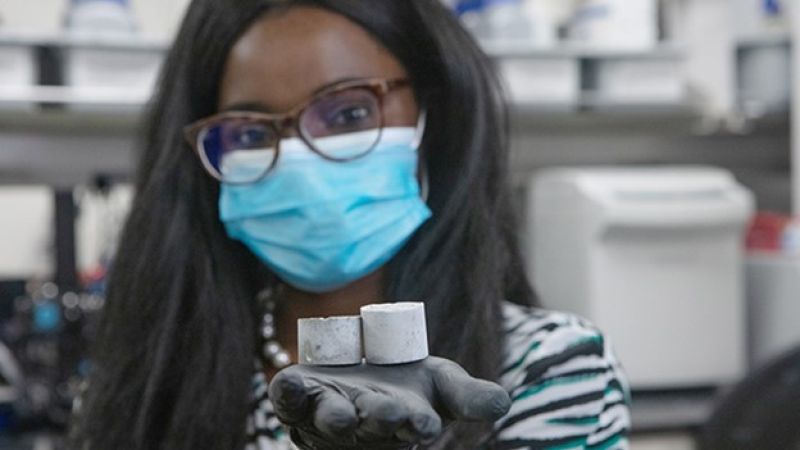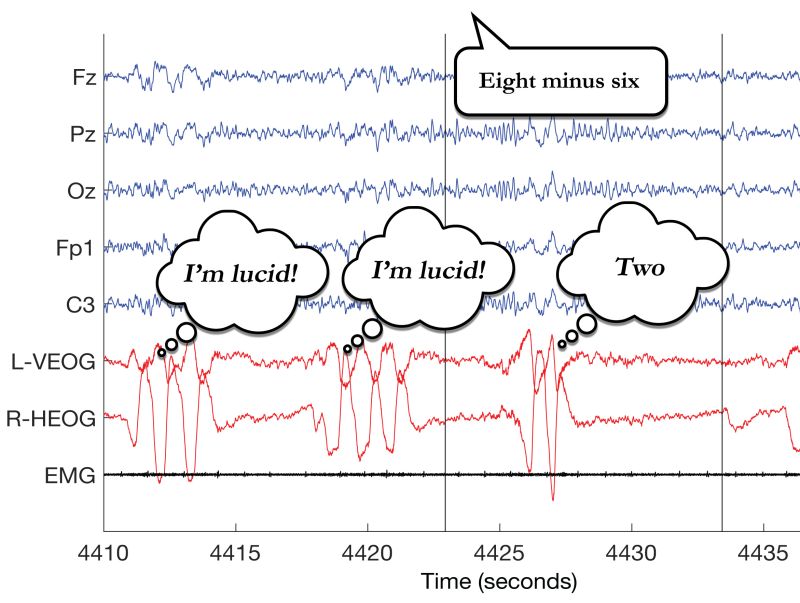
NSF: year of discovery and innovation
From innovations that improve our lives to unlocking the mysteries of the universe, 2021 was an incredible year for discoveries made possible by support from the U.S. National Science Foundation. Despite the challenges of the COVID-19 pandemic, scientists and researchers came together in 2021 to assist the Nation during a challenging and unprecedented time. The race to understand and combat COVID-19 produced enormous and rapid breakthroughs in many areas – from additive manufacturing to genetic testing to computer modeling and digital learning and more.
NSF was proud, through the support of Congress, to help the science and engineering enterprise to get back on track. This defining period in U.S. history now offers a unique opportunity to build on this trail-blazing research, push the frontiers of discovery at speed and scale, and bring benefits to society for decades to come.
Below are a few of the many discoveries and innovations made possible by NSF and its community of scientists, engineers and innovators in 2021 – a year of challenge, but moreover, a year of discovery and innovation.
1. COVID-19 vaccine spray
NSF advanced development of a vaccine spray that protects against multiple COVID-19 variants and might also help boost the immune system against future diseases. Researchers at Rice University and Rutgers University modified bacteriophage particles – viruses that infect and replicate in bacteria – that can be inhaled to deliver protection via the lungs to the immune system. The phage particles travel from the lungs into the recipient's bloodstream, where they essentially teach the immune system to guard against COVID-19. An advantage to this phage-enabled vaccine is that it can be easily customized to protect against COVID-19 variants. The versatility of this spray is impressive, as well. It can be transported and stored at room temperature.
A single vaccine that protects against multiple COVID-19 variants and can be transported without the "cold chain" required for current vaccines is key to curtailing the worldwide epidemic, according to Renata Pasqualini of Rutgers University, who co-led the study.
2. New black hole discovery
NSF grantees who worked on the Event Horizon Telescope to produce the first image of a black hole unveiled a new view of the massive object at the center of the M87 galaxy showing how it looks in polarized light. This is the first time astronomers have been able to measure polarization, a signature of magnetic fields, this close to the edge of a black hole.
Most matter lying close to the edge of a black hole falls in, but the new image showed bright jets of energy and matter emerging from M87's core and extending at least 5,000 light-years from its center. The observations are key to explaining how the M87 galaxy, located 55 million light-years away, can launch these powerful jets of energy.
"We are now seeing the next crucial piece of evidence to understand how magnetic fields behave around black holes," says Monika Mościbrodzka of Radboud University in the Netherlands, coordinator of the EHT Polarimetry Working Group.
3. Smart cement
NSF engineers at Northwestern University are developing a smarter, more durable and highly functional cement that responds to changes in the environment. Cement is the most widely consumed material on the globe, with the industry accounting for 8% of human-caused greenhouse gas emissions. The use of cement composites with a reduced carbon footprint in construction can lead to longer-lasting structures that are more resilient and cost-effective to maintain.
The researchers added nanomaterials to cement and used an innovative method called scratch testing to predict the material's properties in a fraction of the time. "The role of nanoparticles in this application has not been understood before now, so this is a major breakthrough," civil and environmental engineer Ange-Therese Akono said.
Traditional fracture testing, in which a series of light beams is cast onto a large block of material, involves lots of time and materials. With scratch testing, less material is used, accelerating the discovery of new construction materials.
4. Forest fires and climate change
NSF researchers at the University of Montana and the University of Wyoming analyzed a unique network of fire history records to understand how 21st-century forest fires that ravage lands in the western United States compare to wildfires in the past. The findings highlight that mass burning in recent decades is unprecedented in the high-elevation forests of northern Colorado and southern Wyoming over the past several millennia.
The team used charcoal found in lake sediments to piece together the fire history of forests. Since 2000, wildfires are burning nearly twice as much area on average compared to the last 2,000 years. Whereas a high-elevation forest historically burned once every 230 years on average, in the 21st century the frequency of devastating fires has increased nearly twofold. Forests now burn once every 120 years.
While human activity and past fire suppression are important contributing factors to wildfires across the West, in high-elevation forests, climate change — specifically, increasingly warm, dry conditions — is the overarching cause of increased burning.
5. Communicating with sleeping people
NSF researchers engaged in two-way communication with dreaming research participants, creating a new method for studying the human mind that could lead to innovative ways of learning and problem-solving.
As research participants were asleep but aware that they were dreaming, Northwestern University scientists played randomly selected audio recordings of simple math problems. By monitoring electrical signals from the brain and eyes, the researchers showed that participants successfully answered questions while remaining in REM sleep.
"We know that a great deal of cognitive processing takes place during sleep. This discovery points to an entirely new way to explore not only how sleep affects our memory but also how we solve problems and think creatively when we're awake," says Betty Tuller, co-director of the NSF Perception, Action & Cognition program, which supported the research.
The breakthrough was also achieved at Osnabrück University in Germany, Sorbonne University in France and Radboud University Medical Center in the Netherlands, where researchers independently tested methods for two-way communication in dreams.
These are just a few examples of the curiosity-driven, discovery-based exploratory research that is the bedrock of what NSF is and what it inspires. Check out Research News, Science Matters and The Discovery Files for more on these innovations and the research and discoveries being made every day by NSF grantees.









